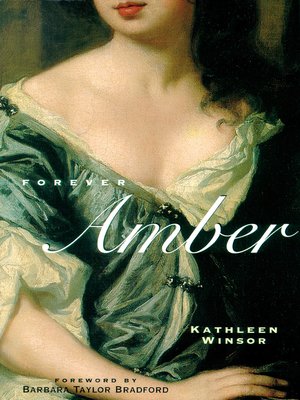
Blurring the boundaries between print and broadcasting, Cerf created a unique strategy for marketing Stein, a strategy that enabled her to stand out in a crowded literary marketplace. After the publication of Three Lives, he organized her tour in America and promoted her using his experience of the Hollywood industry. Second, from 1934, Cerf used new media to position Stein as an atypical literary star. First, it shows that unlike Alfred Harcourt, Cerf adopted a long-term strategy by publishing Stein’s difficult writings, as well as her more accessible texts. This article is organized around two central claims. Toklas and Bennett Cerf issued Three Lives in the Modern Library, a cheap series of reprints marketed as “the world’s best books.” While most scholars have linked Stein’s celebrity to the Autobiography, the publication of her experimental texts by the Modern Library and Random House has been largely overlooked.

That month, Alfred Harcourt published The Autobiography of Alice B. September 1933 was a turning point in Gertrude Stein’s career. Yet, the cultural impact of Forever Amber has been largely neglected, in part because scholars have focused on controversial “highbrow” fiction such as Ulysses and Lady Chatterley’s Lover."" Balfour demanded a ban on "salacious literature." Drawing on extensive archival research in the Macmillan collection at the New York Public Library and the Annie Laurie Williams papers at Columbia University Library, this article shows that a “middlebrow” bestseller such as Forever Amber played an important role in the fight against censorship in the United States and in Canada.

The Catholic press in Quebec endorsed the boycotts, and the Toronto politician David A. Moreover, the appeals to boycott movie theaters that played Forever Amber triggered similar campaigns in Canada. In 1946, Winsor’s novel went on trial in Boston for obscenity.

The immense success of both the novel and the $6,375,000 movie adaptation met with active resistance from conservative groups in the US and in Canada. Forever Amber can be seen as an example of “the feminine middlebrow novel” (Humble), a kind of commercial fiction largely written and consumed by middle-class women. ""In 1944, Macmillan launched Kathleen Winsor’s racy first novel Forever Amber with an advertising budget of nearly $27,000.


 0 kommentar(er)
0 kommentar(er)
